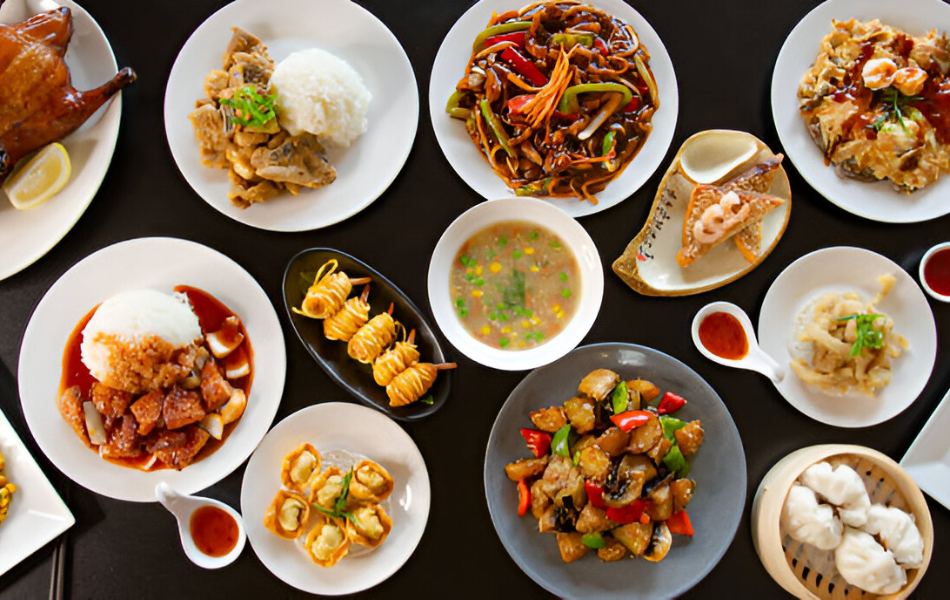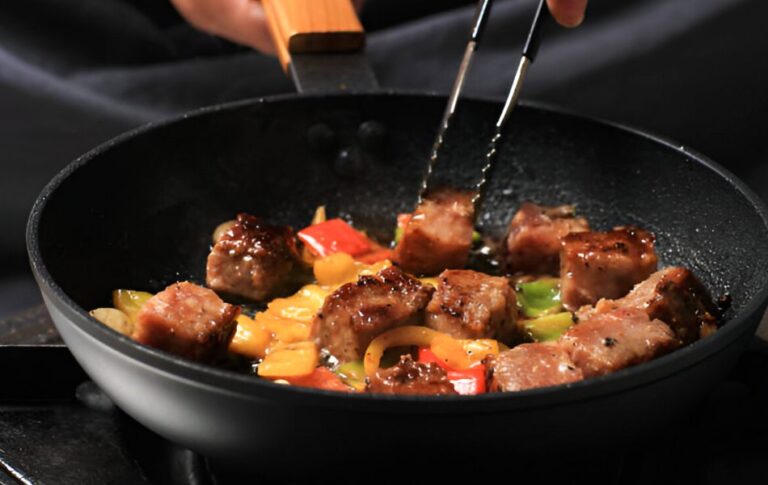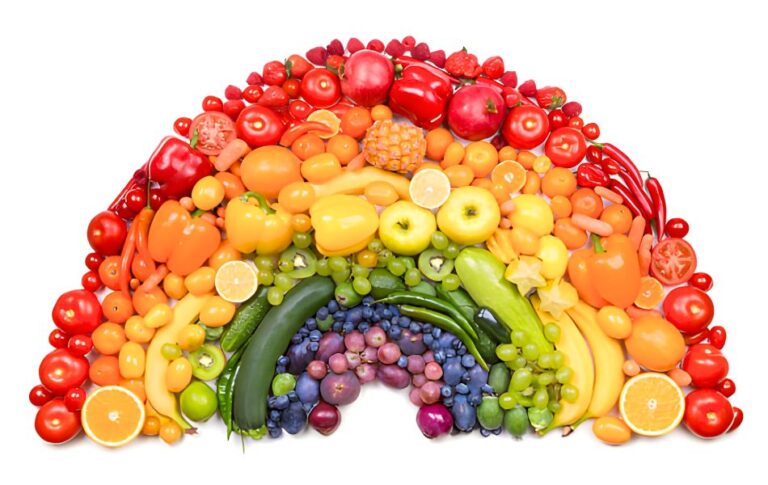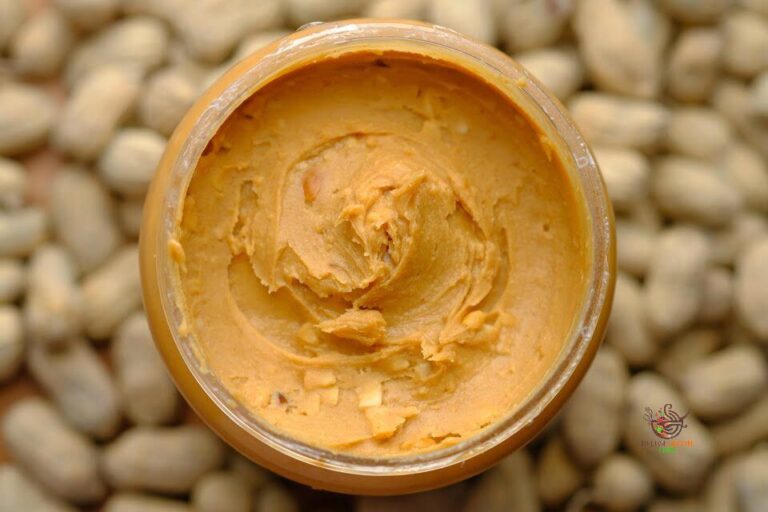Chinese Cooking Tips to Enhance Your Culinary Skills
Chinese cooking is one of the oldest and most exciting styles of cooking in the world. It’s full of flavor and variety, with something for everyone. Whether you’re just starting or have some experience, learning a few simple Chinese cooking tips can help. You’ll be able to make tasty, real Chinese dishes right in your kitchen.
In this article, we’ll share some easy tips to help you cook like a pro. You’ll learn about key ingredients and basic cooking methods that bring out true Chinese flavors. Let’s get started!
Get Familiar with Key Chinese Ingredients
A successful Chinese meal begins with the right ingredients. These ingredients are crucial in bringing out the signature flavors in many dishes. Here are some basics to keep in your kitchen:
1. Sauces and Condiments
- Soy Sauce (light and dark): Essential for Chinese cuisine, soy sauce imparts a savory, umami flavor and saltiness to recipes. There are different types like light and dark soy sauce, so be sure to use the one that matches the recipe. Light soy sauce boosts taste, whereas dark soy sauce adds a deeper hue.
- Oyster Sauce: Imparts a rich, savory taste to stir-fries and noodle dishes.
- Hoisin Sauce: A sweet and spicy sauce. Great for dips or marinades.
- Sesame Oil: Brings a nutty aroma and flavor. Drizzle it on at the end of cooking to enhance taste.
2. Seasonings
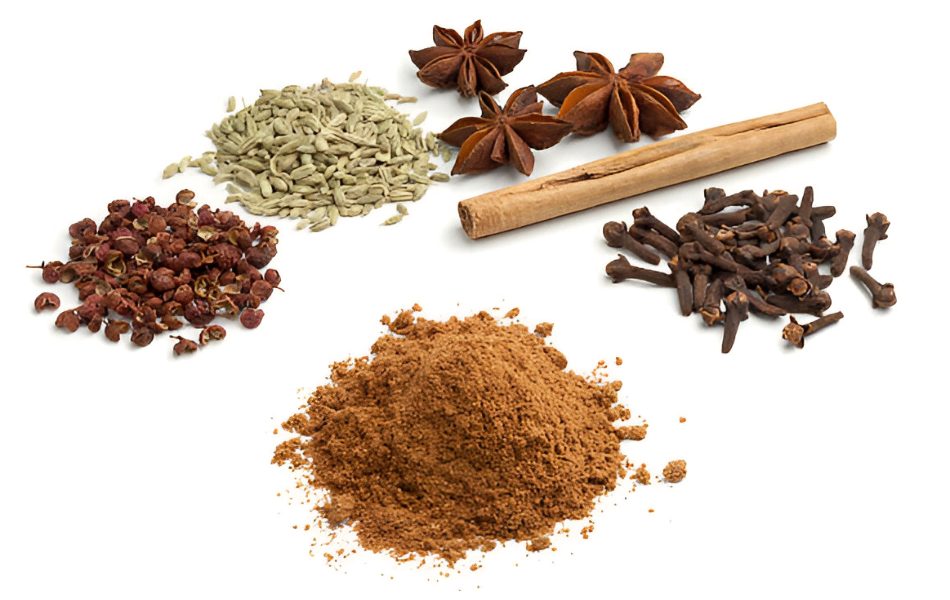
- Five-Spice Powder: A mix of cinnamon, cloves, fennel, star anise, and Sichuan pepper. It gives dishes a warm, rich flavor.
- White Pepper: Milder than black pepper. Often used in soups and stir-fries.
3. Staple Ingredients
- Rice Vinegar: A light vinegar that balances salty or rich flavors.
- Shaoxing Wine: A traditional Chinese cooking wine, ideal for marinades and stir-fry dishes.
- Cornstarch: Used to thicken sauces or make meat more tender.
4. Fresh Ingredients
Keep some garlic, ginger, and green onions (scallions) ready. Add fresh veggies like bok choy or napa cabbage for a real Chinese feel. Having these basics at home means you can whip up tasty Chinese dishes any time you want!
Essential Tools Every Chinese Kitchen Needs
Having the right tools makes cooking much easier – especially when you’re learning a new style like Chinese cooking. Here are some key items to keep in your kitchen:
1. A Good Wok
A wok is a must-have. Its curved design ensures fast, uniform cooking and is versatile for stir-frying, steaming, deep-frying, or boiling.
Pro Tip: Choose a carbon steel wok for its durability and ability to develop a natural non-stick coating over time. Season it properly before use to enhance its performance.
2. A Sharp Cleaver
A Chinese cleaver looks big but is very handy. It’s perfect for slicing, dicing, and crushing ingredients like garlic or ginger, and becomes user-friendly with a bit of practice.
3. Bamboo Steamer
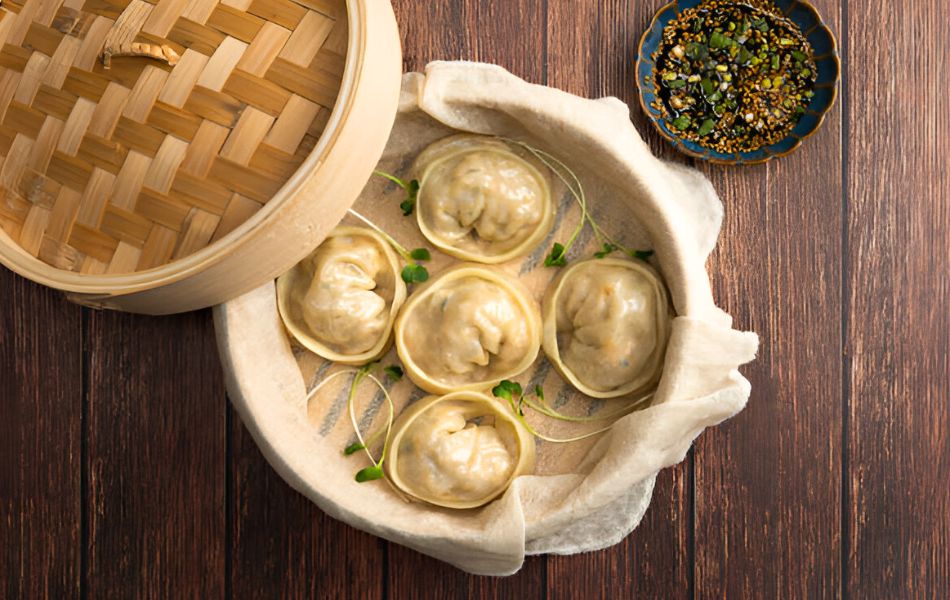
This is great for steaming dumplings, buns, or fish. It keeps the food moist and full of flavor.
4. Spider Strainer
Use this tool when deep-frying or boiling. It helps you lift food out safely and keeps things crispy.
5. Long Chopsticks
These extended chopsticks are designed for cooking – not eating! They help you stir and flip food without getting too close to the heat.
Having these tools will make Chinese cooking simpler and more fun. You’ll feel like a pro in no time!
Master These Fundamental Chinese Cooking Techniques
1. How to Stir-Fry Like a Pro
Stir-frying is a key technique in Chinese cuisine. It’s fast, straightforward, and preserves the taste and texture of ingredients. Here’s how to do it right:
- Heat the Wok First: Make sure your wok is nice and hot before you add oil. This helps keep food from sticking.
- Use High Heat: Stir-frying works best with high heat. It cooks food fast and keeps it fresh and tasty.
- Don’t Fill the Wok Too Much: If you add too much at once, the wok cools down. Then you end up steaming the food instead of stir-frying it. Cook in small batches if needed.
Follow these easy steps, and you’ll be making bright, flavorful stir-fry dishes in no time!
2. Easy Marinating Tips for Better Flavor
Marinating is a big part of Chinese cooking. It helps meat and veggies soak up lots of great flavor. Here’s how to do it right:
- Don’t Marinate Too Long: Most meats only need 30 minutes to 2 hours. If you leave them too long, the taste can get too strong.
- Mix Your Marinade Well: An effective marinade combines soy sauce, rice wine, sesame oil, sugar, and spices, balancing salty, sweet, and savory flavors.
- Try Velveting: This is a special method. Mix egg white, cornstarch, and Shaoxing wine with the meat. It makes the meat soft and smooth when you stir-fry it.
Marinating makes food taste better and keeps meat tender. It’s a simple way to upgrade your meals!
3. How to Cook Rice the Right Way
Rice is a big part of Chinese food. When it’s cooked right, it makes your whole meal better. Here’s how to get it perfect:
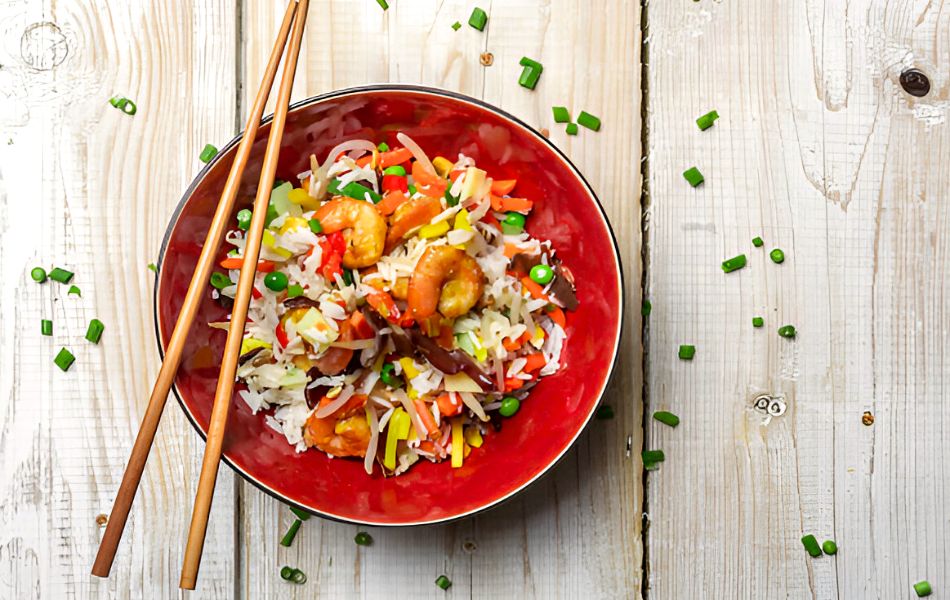
- Pick the Right Rice: Opt for short-grain or medium-grain rice. It has the best texture for stir-fries and other Chinese dishes.
- Rinse It Well: Rinse the rice multiple times to eliminate excess starch, helping to ensure it doesn’t turn overly sticky during cooking.
- Use the Right Amount of Water: A good tip is to use 1.5 to 2 cups of water for every cup of rice. It depends on the type of rice you’re using.
Perfect rice is soft, fluffy, and just right for soaking up all the tasty flavors in your meal!
4. Don’t Skip the Sauces
Sauces are a big part of Chinese cooking. They bring out the main flavors in many dishes. Here are some must-haves:
- Oyster Sauce: This one is rich and a little sweet. It adds deep flavor to stir-fries and braised dishes.
- Hoisin Sauce: A sweet, tangy, and mildly spicy sauce. Great for marinades, stir-fries, or as a dipping sauce.
- Chili Paste: Love spicy food? This adds heat and bold flavor to your meals.
Learning how to mix and balance these sauces will help you make tasty, well-seasoned Chinese food every time.
5. Timing Matters in Chinese Cooking
Good timing is very important in Chinese cooking. It helps your food stay tasty and fresh. Here’s how to time it right:
- Don’t Overcook Vegetables: Cook them just for a short time. This keeps their color and crunch.
- Watch the Meat: Ensure it’s cooked through, but avoid overcooking. Overcooked meat can lose its flavor and texture.
When you get the timing right, your food will taste bright, fresh, and full of flavor!
Pro Tips for Creating Authentic Chinese Flavors
- Build Flavors in Steps: Add garlic, ginger, and scallions at different times while cooking. This adds layers of flavor.
- Try Blanching: Lightly boil veggies like broccoli or bok choy before stir-frying. It keeps them bright and crisp.
- Watch the Heat: Stir-frying needs high heat. Cook quickly, and don’t fill the wok too much at once.
- Balance is Key: Mix sweet, salty, tangy, and spicy flavors until they taste just right.
- Use Steaming: Steaming keeps food moist and healthy. It’s great for buns, dumplings, or fish.
- Go Fresh: Fresh veggies and meats make your food taste better and look nicer too.
- Double Cook Meats: For dishes like sweet and sour pork, cook the meat once (like frying), then cook it again in sauce. This technique gives it a crispy texture and enhances the flavor.
Common Mistakes to Avoid
Want better results when cooking Chinese food? Watch out for these common mistakes:
- Too Much in the Wok
Cooking too much at once lowers the heat. This makes food steam instead of stir-fry. Cook in small batches instead. - Not Prepping Ingredients First
Chinese cooking is quick. If you wait to chop or measure during cooking, you may burn the food. Always prep everything before you start. - Using the Wrong Oil
Don’t use oils that burn easily like olive oil. Use high smoke point oils like peanut or vegetable oil for better results. - Not Seasoning the Wok
A seasoned wok helps keep food from sticking and adds flavor over time. Take care of your wok, and it will make your food taste better.
Avoiding these mistakes will help your dishes turn out tasty every time!
Try Classic Chinese Dishes
Now that you’ve learned the basics, it’s time to cook some famous Chinese dishes. Here are a few great options to begin with:
- Kung Pao Chicken: A stir-fry featuring chicken, peanuts, and vegetables in a flavorful, spicy sauce.
- Sweet and Sour Pork: Tender, crispy pork served with a tangy and sweet glaze.
- Dim Sum: Bite-sized dishes served with tea, perfect for trying out a variety of ingredients.
Trying these dishes will help you build confidence and enjoy cooking Chinese food at home.
See Also – 14 Black Pepper Substitutes for Flavorful Cooking
Bring Authentic Chinese Cuisine to Your Table
While mastering Chinese cooking might feel challenging initially, these strategies, tools, and methods will have you crafting delicious dishes with confidence in no time. Embrace experimentation and explore new recipes, as consistent practice is the key to perfection.
Feeling inspired? Gather your wok, ingredients, and start cooking up a storm. Your path to mastering Chinese cuisine begins today!

